
Burmese days: Yangon monuments to the rare Chinese who made their fortunes in colonial era
- Lim Chin Tsong left behind a lavishly designed palace that is now to be restored
- Temples another legacy of time of Tiger Balm founder Aw Boon Haw and others
Lim Chin Tsong was one of the few Chinese migrants to succeed in colonial-era Burma, now Myanmar – which the British incorporated into its much bigger possession, India, and where Chinese were subordinate to Indians, in contrast to their status in other Southeast Asian cities.
“Unlike the Chinese in Thailand, Malaysia, Indonesia and the Philippines, the population in Burma has had restricted access to trade and remained small in number since the colonial era,” writes Jayde Lin Roberts, the author of Mapping Chinese Rangoon, published in 2016. “They never became the wealthy intermediaries for the British as they did in the Straits Settlements.”
Can Myanmar find internal peace with its ethnic rebels?
Lim was one of the exceptions, and he left behind a now fading monument to his extravagant lifestyle – the Chin Tsong Palace in Yangon, formerly the country’s capital. On October 31, Myanmar’s Fine Arts Department closed the bidding for a partial restoration of the exceptional structure.
Chin Tsong Palace was built in an eclectic mix of Chinese and European architectural styles, and an octagonal tower rising from its centre makes the mansion look like a Chinese pagoda.
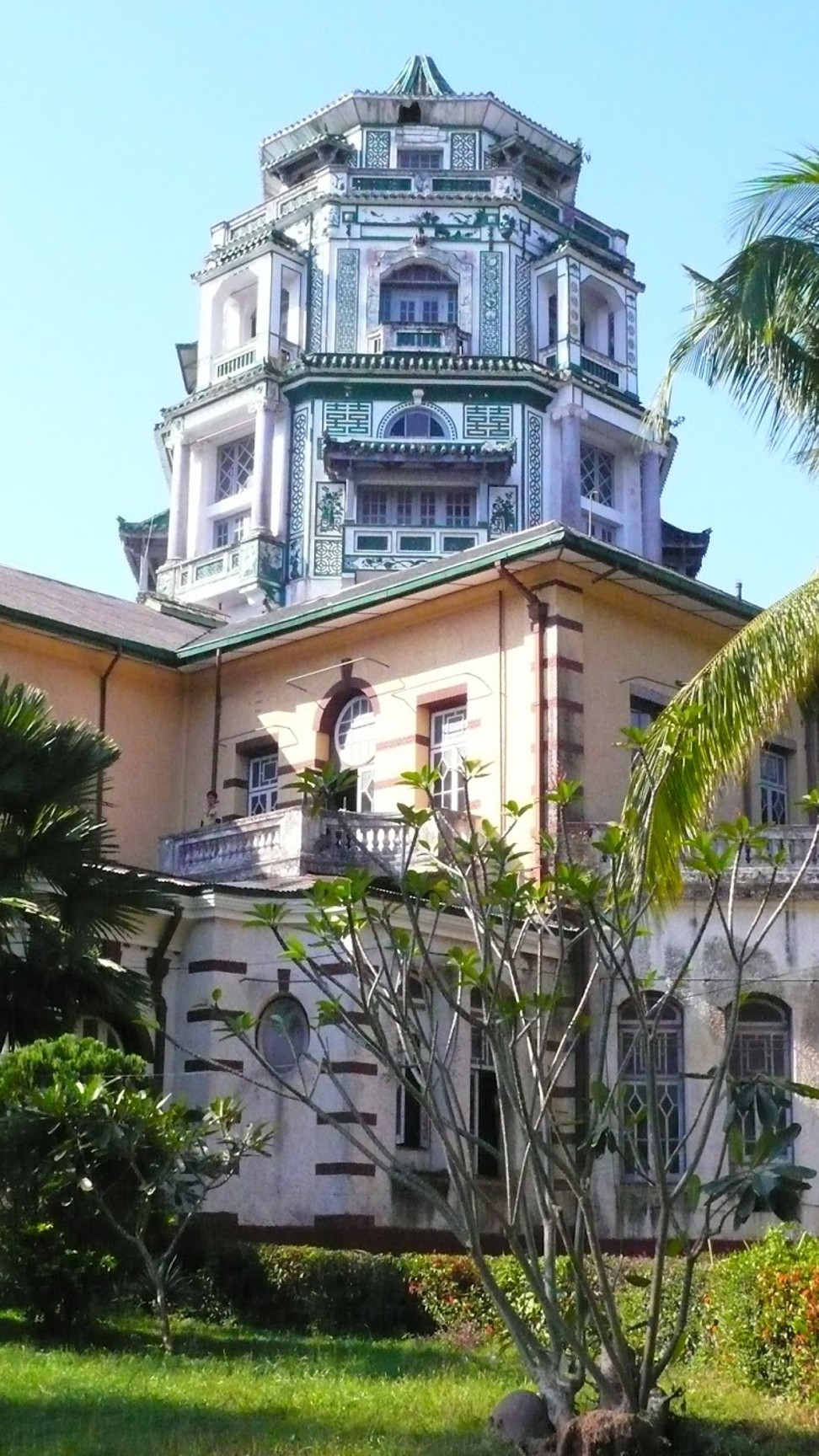
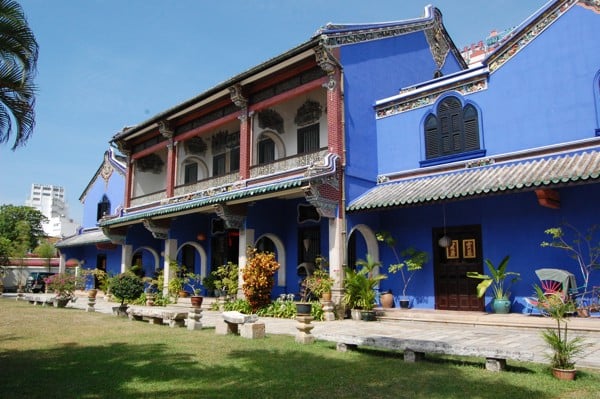
The house is believed to have been modelled on the Cheong Fatt Tze Mansion in Penang, Malaysia, and is all that remains of the once fabulous fortune Lim, the son of a Chinese immigrant from Fujian province who moved to Yangon in 1861, amassed after setting up a trading firm.
“The building is turning 100 years old next year,” says Htun Ohn, director-general of the Fine Arts Department under Myanmar’s Ministry of Culture. The ministry will pay for restoration of the mansion, which is used by the State School of Fine Arts.
“It is the first stage of preparations to turn the building into an art museum,” he says. “There is no foreign assistance for the project. Although we want a major renovation there are budget issues, so we might seek assistance in the future.”

In colonial days the business languages of Burma were English and Hindi, so Lim’s father sent him to St Paul’s High School in what was then Rangoon. Lim excelled at St Paul’s, learned English and, after his father’s death, took over the family business. He grew it into a small empire, comprising rice trading, rubber plantations, sugar refineries, mining, a fleet of steamers carrying passengers and freight from Rangoon to southern China and the Strait of Malacca, and a commission to act as sole agent for the Bombay Oil Company in the region.
In 1917, Lim started building the Chin Tsong Palace, using materials imported from China, Britain and Italy, and finished it in 1919. He died in his sleep soon thereafter, in 1923, having been bankrupted by a British ban on rice exports and after having lost his Bombay Oil Company concession; some speculated he had committed suicide.
The British seized his mansion, and his creditors seized its furnishings, art collection and whatever else they could carry.
Some Sino-Burmese blame Lim’s downfall on his hubris for including an octagonal tower in his home. “No average person should use the octagon in his house. He went bankrupt because he didn’t know his place,” Roberts quotes a prominent Sino-Thai businessman saying.
Roberts’ book is the first scholarly history of the Sino-Burmese community in Yangon, an often overlooked component of the Chinese diaspora in Southeast Asia, the result of migraition in the late 19th and early 20th centuries.
Ethnic Chinese accounted for less than 3 per cent of the population of Burma in 1881, a figure that had increased to 8.9 per cent by 1911, at which time Indians made up 56 per cent of the population, according to figures cited in Mapping Chinese Rangoon. By 1931, the Indian population of Rangoon exceeded one million, while the ethnic Chinese population was less than 200,000.
Although the races were not legally forced to live separately, downtown Rangoon was essentially divided into three quarters: the European quarter east of Sule Pagoda Road, the Indian quarter west of Sule Pagoda Road, and the Chinese quarter west of the Indian quarter (starting around Shwedagon Pagoda Road) down to 19th Street – now the culinary heart of Yangon’s Chinatown.
It is the first stage of preparations to turn the building into an art museum. There is no foreign assistance for the project
A westward stroll down Maha Bandoola Road takes the visitor past still visibly Indian neighbourhoods, with their mosques and Hindu temples; these slowly make way for Chinatown, with its Guan Yin and Kheng Hock Keong temples, and restaurants serving typical southern Chinese cuisine – noodles and pork, chicken and rice, and the ubiquitous fried rice and fried noodles.
Rangoon’s overseas Chinese were drawn to opportunities the city’s booming commercial port offered. While some came by land, crossing into upper Myanmar from Yunnan province, the majority were Cantonese speakers from Guangdong and Hokkien speakers from Fujian, who came by sea.
Until 1962, the Cantonese-speaking population in Yangon was bigger than the Fujianese population, but after 1962 many of the Cantonese speakers left for Hong Kong, China, or elsewhere because they had more connections with overseas Chinese, says U Ni, 71, vice-chairman of the Myanmar Chinese Chamber of Commerce, and a third-generation Chinese resident of the country.
“The Fujianese had fewer connections, so we stayed. Now there are more Fujian Chinese than Cantonese in Yangon,” U Ni adds.
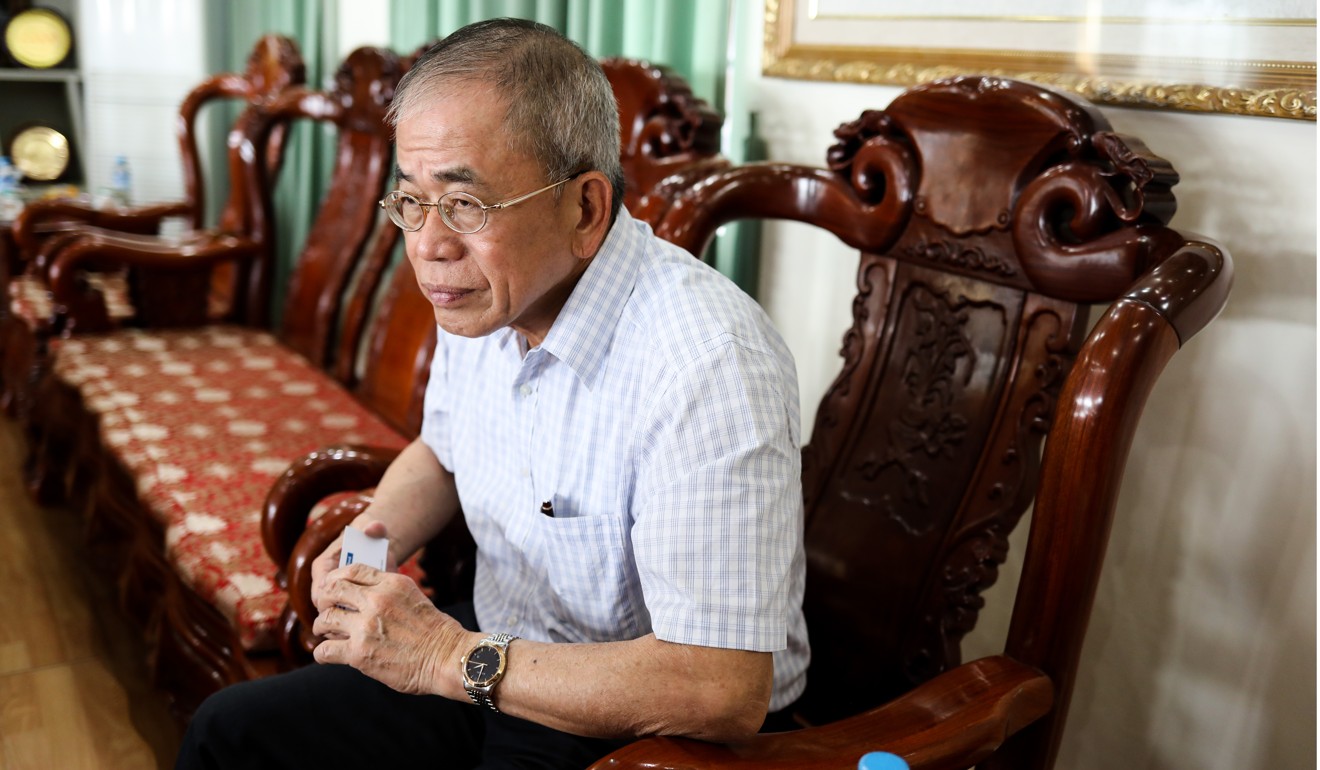
Although it was initially Cantonese who dominated Chinese business activity in Rangoon, the Hokkien community produced the city’s three most famous entrepreneurs.
Lim was the most flamboyant of the three, but Chan Mah Phee is perhaps the best remembered. Chan, a prominent rice merchant, was a great philanthropist, donating much of his wealth to build hospitals, schools and temples in the city.
Lim was also no stranger to charity. He used his shipping line to import the building materials for a temple dedicated to Guan Yin – a saint venerated by many overseas Chinese from Fujian and Guangdong – and started an English-language school for Chinese pupils.
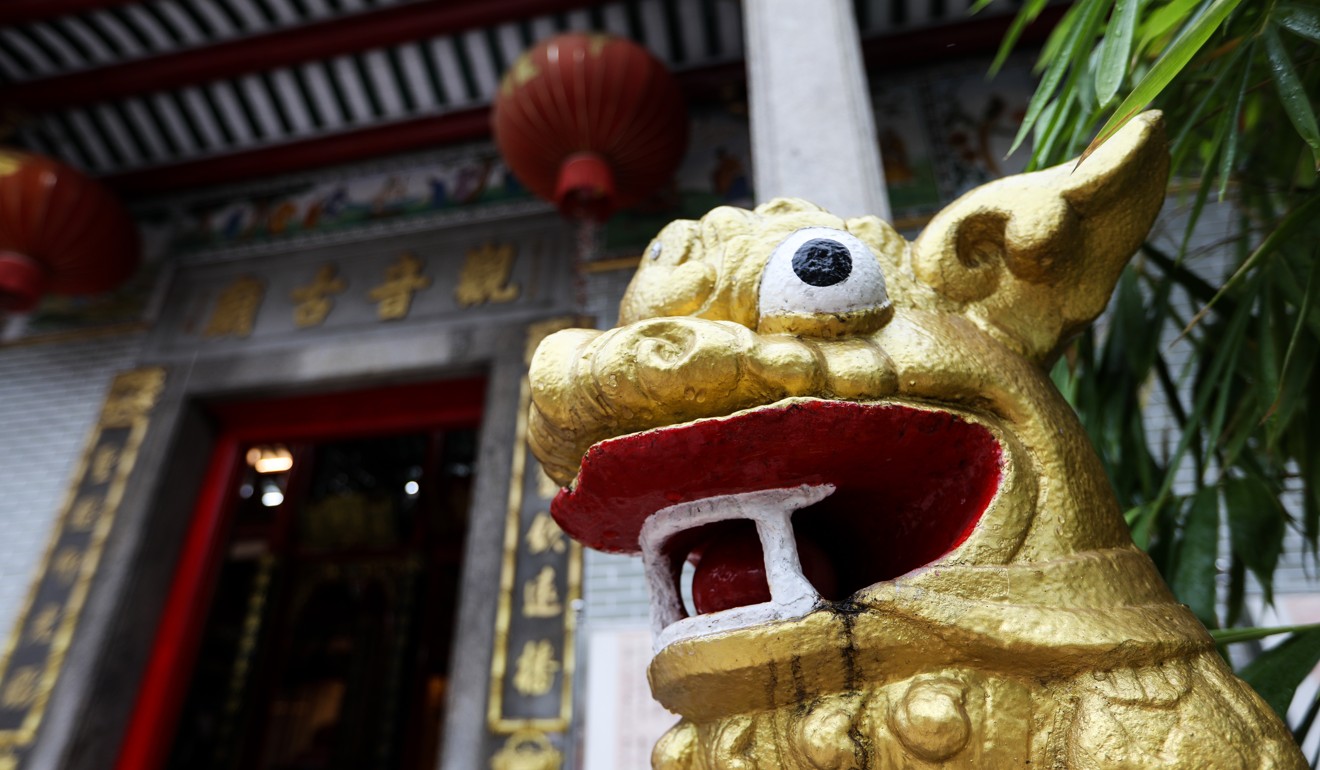
The third successful Hokkien tycoon of Rangoon was Aw Boon Haw, who, with his brother Aw Boon Par, invented Tiger Balm in 1924 – concocted from a herbal remedy passed down by their father, Aw Chu Kin, who migrated to Rangoon in the 1860s from Fujian province. The Aw brothers later moved on to Singapore, and Tiger Balm became a regional brand.
The tycoons may be long gone, but their charities remain. Today the Hokkien Kheng Hock Keong Temple on Strand Road and the Cantonese Guan Yin Temple on Maha Bandoola Road (formerly called Cantonese Street) are not only places of worship, but active charities helping less fortunate members of Yangon’s Chinese community.
The Chinese who stayed behind after 1962 suffered. That was the year General Ne Win seized power in a coup and began to nationalise all businesses as part of his disastrous “Burmese Way to Socialism”.
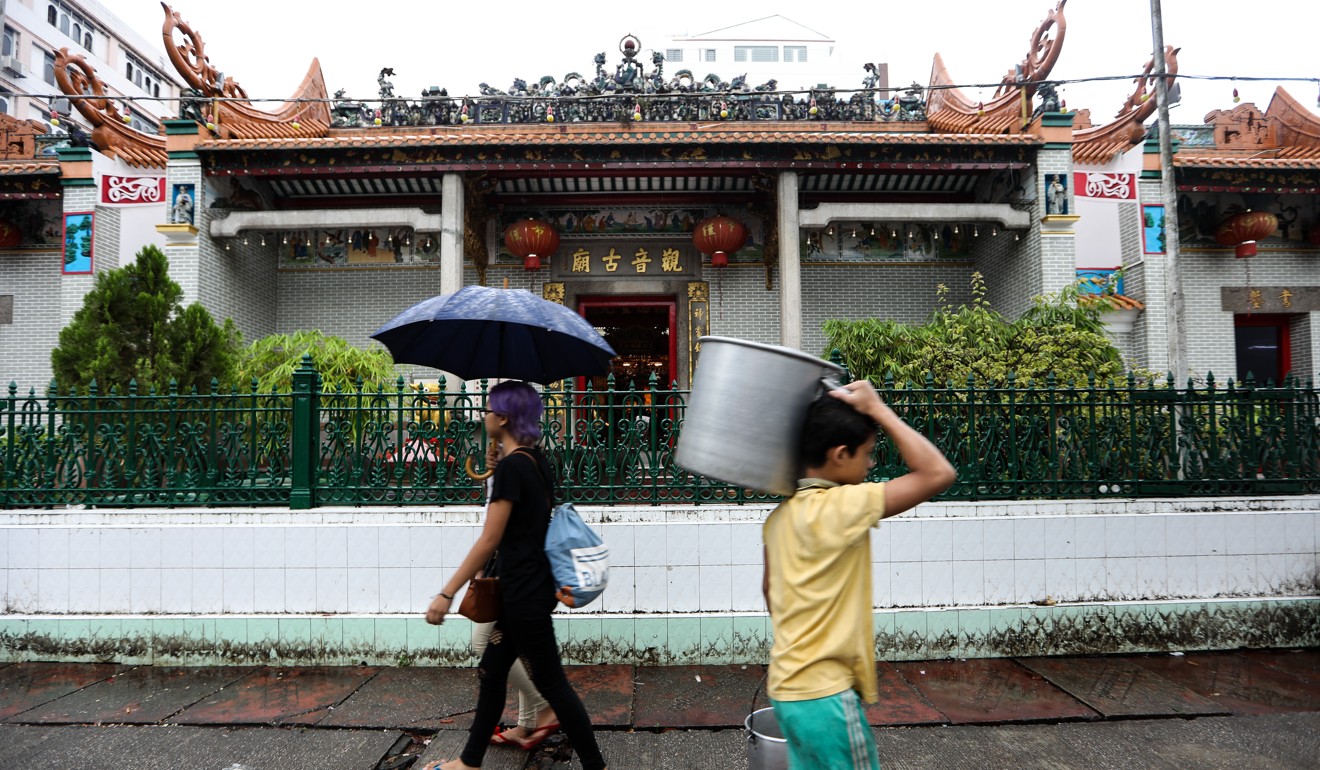
From 1962 until 1988 (the year Ne Win fell from power amid widespread anti-military protests in Yangon), nearly all private business was deemed illegal.
The nadir for the Yangon Chinese community came in 1967, when a government-sponsored pogrom against the Chinese was launched to crack down on a growing pro-communist China movement. Scores died.
Chinese entrepreneurs turned to smuggling to survive. U Ni, for example, sold dried fish to Chinese buyers across the border in Yunnan during the Ne Win years.
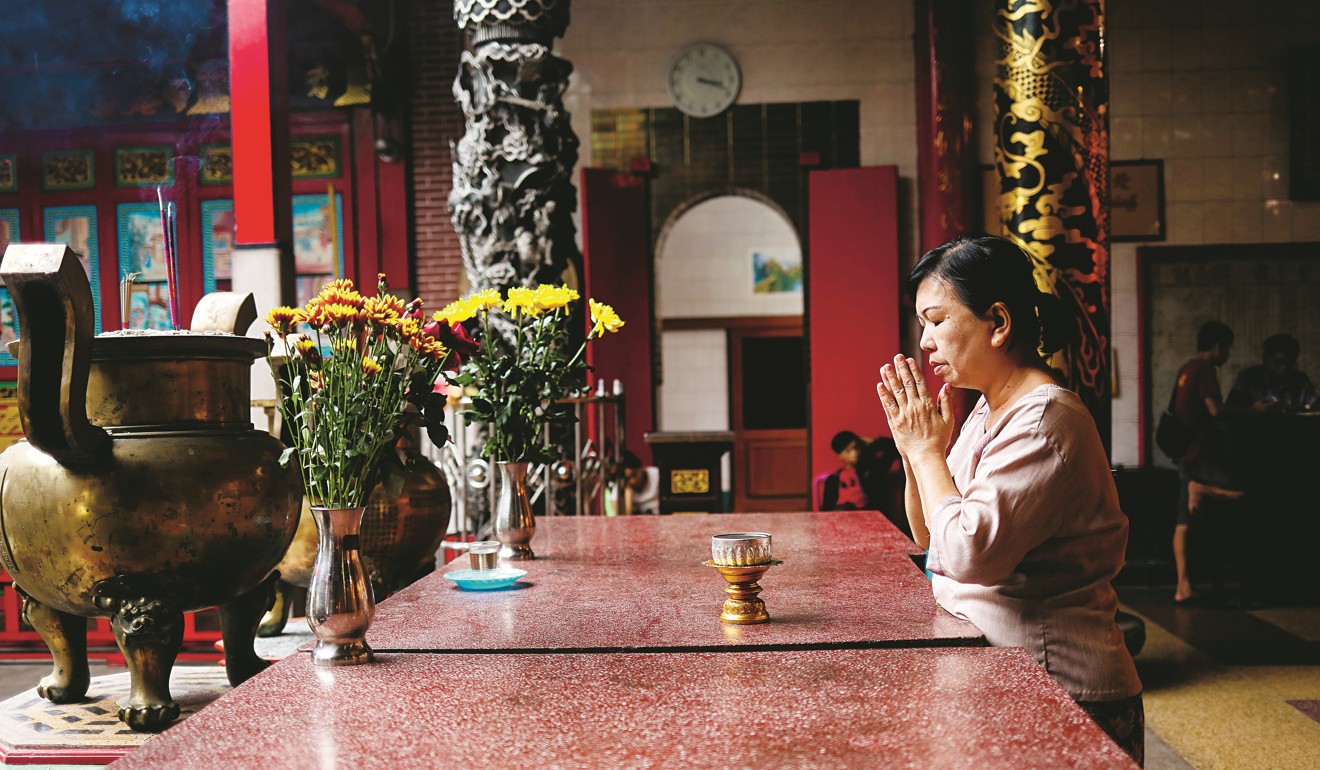
After 1988, he started exporting sesame seeds to Japan for use in making sesame oil. When the military government banned sesame exports in 1997, he found other ways to get by.
Now, benefiting from the more relaxed business climate, he is a director of six companies, including a cement factory, an energy group and Junction Square – a new office building in downtown Yangon.
The Myanmar Chinese Chamber of Commerce organised a World Entrepreneur Conference in Yangon in September 2017, attracting 1,600 Chinese businesspeople from 18 countries. “It was the biggest conference in Myanmar history,” U Ni says.
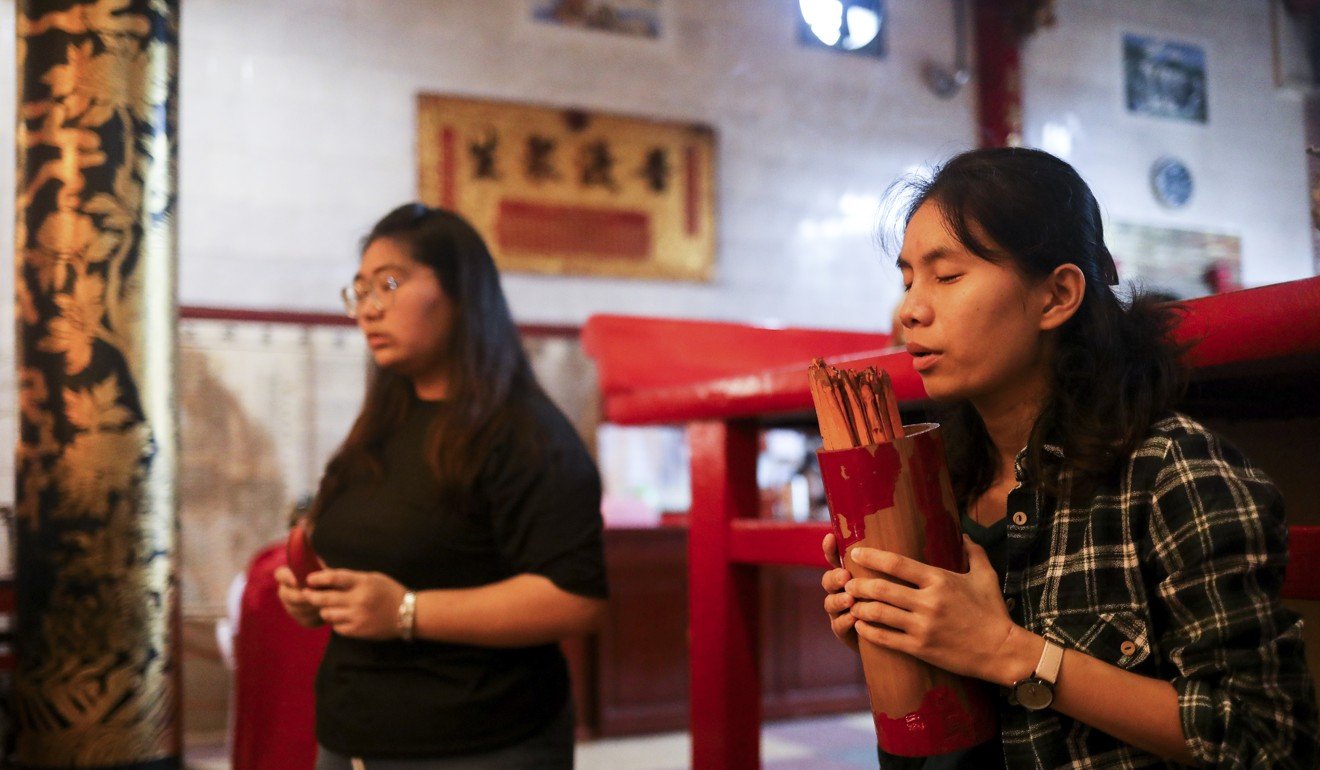
Even though the recent opening up of Myanmar’s economy has brought new opportunities for the Sino-Burmese business community, the period from 1948 until 1962 remains their high point, when post-independence Burma was under the elected government of president U Nu, a liberal Buddhist.
“We consider that the Golden Age of Myanmar,” U Ni says. “At that time, Myanmar was independent of Britain, but all the Myanmar government systems were still British systems, and very efficient. In 1950, our Rangoon was bigger than Singapore.
“The shipping on the Rangoon River was non-stop. It was a golden time not just for Chinese, but for Indians and even some British companies.”
Additional reporting by Kyaw Ye Lynn
